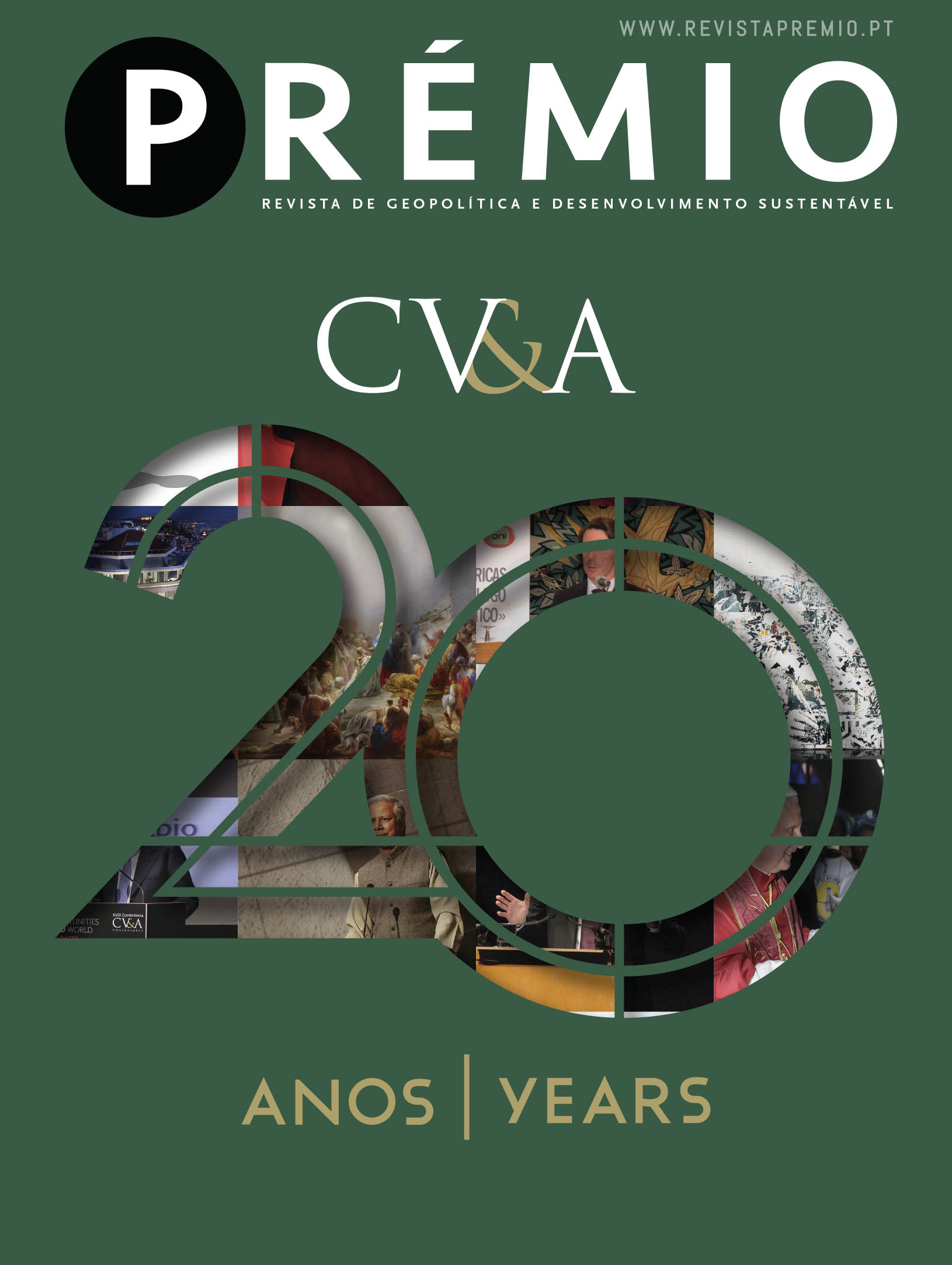These are some of my major concerns as regards communication in digital media e.g. institutional, corporate or product communication. The trend is universal. Blogs, schools, universities, no matter in which context, Government, banking, companies, services or retail and the industry in general all share the same compelling sense of urgency that often leads them to center their communication primarily around social media.
I personally consider that this need to bet exclusively on social media may in term bring about some inconsistencies and frailties and may prove harmful in the future. But we need to do more in order to truly achieve a full, clear, efficient and objective digital communication. Hence, we need to go beyond the mere strategy of presence and communication on social media. We have to establish a solid ecosystem in order to achieve a robust and full presence in the digital media where the company site is both the main pillar and staring point. This should be the backbone of all institutional presence and strategy, the best means to disseminate the identity of the institution on the Internet, the company’s “headquarter”. Hence, an indispensable prerequisite for success lies in ensuring greater efficiency of the institutional site, the “identity card” of the institution, one of the few places where the organisation has control over all the information, the core media of its digital presence

“IS FACEBOOK KILLING THE CORPORATE SITES?”JEFF BULAS, Australian Digital Communication Guru
Many corporate leaders now ask themselves whether they should focus all their effort and positioning on ‘social media’; how can they make the most of these platforms in order to potentiate their business, sales and improve their reputation; what are the best platforms; should they make sure they hold a presence in all of them; or does the relation between effort and time required justifies both the investment and the risk a potential loss of control.
Before entering this spiral, in a relentless race for novelty, change, omnipresence and wish to ride the wave, something stressful given the resources and means involved it is important to start by making a reflection/analysis as regards the site of the company and its efficacy. The corporate site is perennial and may and should be the core of the company’s identity, the place where we should focus primarily in order to convey an ongoing and clear message of the institution, where we can capture the brand, encapsulate its positioning so that all can see it, cultivate or stimulate participation towards establishing its reputation, where we show the aspirations of the organisation and the best in its team. There is a vast array of virtual resources available on the Internet 24 hours a day for anyone with access to the Internet and some of the best sites may even lead us to think that a micro company is or is about to become a corporate giant. For example, a simple grocery store in a neighbourhood can compete with a multinational chain. It depends on the quality, accessibility, creativity, agility and credibility conveyed by the organisation in its site. The possibilities are almost endless and we should only try to reach the peak of the mountain after learning how to walk firmly.
We should obviously bet on the positioning and strategy on social media as this translates in an added value, particularly when it comes to immediate conversion. But despite de alluring side of social media if the institution does not have solid digital pillars, if it does not have a good image, good communication and due care as regards the building blocks of its digital media, if what you control 100% is weak, little agile and if you do not convey what it truly is, how can you communicate in an efficient manner outside these media? How can you sell a message, reputation or credibility if you have an outdated, confuse and hard do access site? How can you convey the idea that you are technologically advanced if you have a slow or non-responsive site and without optimised access via mobile phone, for example? We should start by implementing the institutional site firmly before even thinking of betting on third-party platforms. There will be always more sounding and new platforms “around the corner” claiming they will eliminate Facebook or Instagram. Companies have to be aware of the fact that the reach of their brand begins and ends in their site and should not fall prey or rest on a single effort in third-party platforms.

TRAFFIC OF THE COCA-COLA SITE FELL MORE THAN 40% IN 12 MONTHS AND THE TRAFFIC OF THE DISTRIBUTION COMPANY NABISCO FELL ALSO MOVING FROM 1.2 MILLION VISITS TO JUST 321 THOUSAND PER MONTH (A DROP OF ALMOST 74% IN ONE YEAR).
The first challenge after establishing a good base is to see how we can coordinate the whole presence of a company on social media with the company site? How can we potentiate incoming traffic from social platforms on the site? How can we get the most from each platform in order to potentiate the conversion of the business and to develop the whole presence of the brand?
In the Portuguese market in particular only a small number of organisations has come this far and in an efficient manner. Hence the importance of highlighting once again that in order to achieve greater efficiency and to safeguard the digital communication strategy of a brand organisations should use their sites as the heart and backbone of their brand, to improve their reputation and business. Only after this should they share the different pages of the company in the social media, using them as satellites, exploring the added values of each platform, given their unique benefits and audiences.

A STUDY CARRIED OUT BY WEBTRENDS, CONFIRMS THAT MOST OF THE SITES OF FORTUNE 100 (68%) WITNESSED A NEGATIVE GROWTH, WITH AN AVERAGE REDUCTION OF 23% ONE-TIME VISITORS. AT THE SAME TIME, TRAFFIC ON SOCIAL MEDIA LIKE FACEBOOK CLEARLY SHOW A TRAFFIC INCREASE ACCORDING TO THE SAME STUDY.






